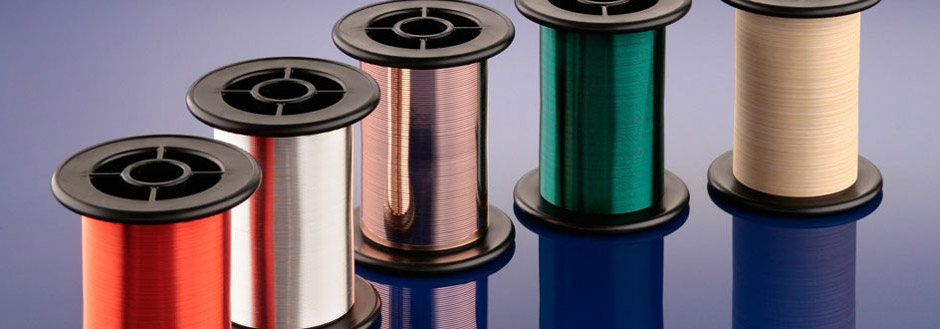The refractory metal family consists of molybdenum, niobium (also known as columbium), rhenium, tantalum, and tungsten. These metals have an exceptional resistance to heat, wear, and corrosion. Excluding osmium and iridium, refractory metals have the highest melting points of all metals. However because they are susceptible to oxidation at relatively low temperatures, their use is limited to nonoxidizing environments or to applications where their surface can be protected by a coating.
A common (and at one time the only) application for refractory metals is for lamp filaments. Another application that takes advantage of the high melting point is the use of tungstenrhenium alloys for high temperature thermocouples. However refractory metals also find use in many applications not related to their high temperature properties. For example, the stiffness of tungsten makes it an excellent choice for medical probes. In this application, they are typically configured as insulated, straightened and cut pieces. Niobium-Titanium alloys exhibit superconducting properties and tantalum, due to its resistance to bodily fluids, is used in implants and sutures.
Refractory metals and alloys are stubborn and have low ductility. Special drawing lubricants and practices are necessary to reduce the wires to small diameters. The high strength can be an advantage though, and for tungsten enables the production of the smallest wires available – down to 0.0002”.
California Fine Wire offers plated refractory metals and alloys with our standard range of plated coatings. Although the most common plating is gold (i.e., gold plated tungsten for Drift Chambers/Particle Detectors), we have also produced such combinations as nickel and copper plated molybdenum.


